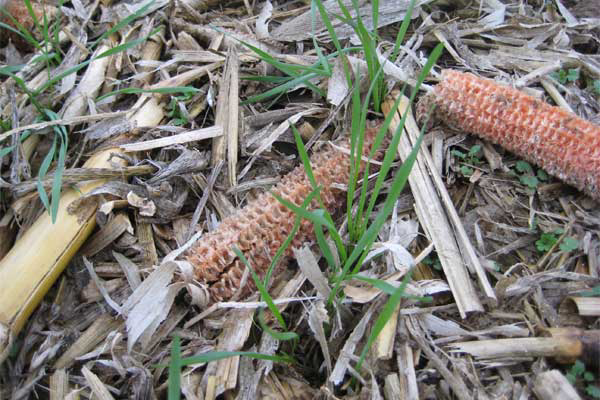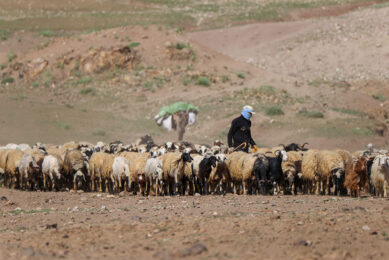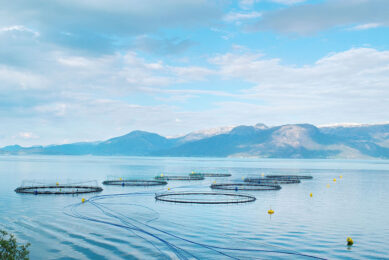Study: Soil quality if corn cobs are removed for bioenergy

Corn crop residues are often left on harvested fields to protect soil quality, but research shows that if they are removed for the production of cellulosic ethanol the soil quality would not decline.
According to a study by the US Agricultural Research Service (ARS) soil quality would not decline if post-harvest corn cob residues were removed from fields.
The study compared runoff rates and sediment loss from no-till corn fields where postharvest crop residues were either removed or retained. The scientists also removed cobs from half of the test plots that were protected by the residues. After the test plots were established, the scientists generated two simulated rainfall events. The first occurred when the fields were dry, and the next occurred 24 hours later when the soils were almost completely saturated.
During the first event, on plots where residue was removed, runoff began around 200 seconds after the “rain” began. Runoff from plots protected by residues didn’t start until around 240 seconds after it started to “rain.”
Runoff from the residue-free plots contained 30% more sediment than runoff from all the residue-protected plots. But the presence or absence of cobs on the residue-protected plots did not significantly affect sediment loss rates.
The conclusion was that even though cob residues slightly delayed the onset of runoff, sediment loss rates were not significantly affected by the presence or absence of the cobs. The results indicated that the cobs could be removed from other residue and used for bioenergy feedstock without significantly interfering with the role of crop residues in protecting soils.
In a related study, the affect on soil nutrient levels was examined if cob residues were removed. Over the course of a year, sampling indicated that cobs were a source of soil potassium, but that they weren’t a significant source of any other plant nutrients.
The study was led by Brian Wienhold.
Results from this work have been published in Agronomy Journal.
Join 26,000+ subscribers
Subscribe to our newsletter to stay updated about all the need-to-know content in the feed sector, three times a week. Beheer
Beheer









 WP Admin
WP Admin  Bewerk bericht
Bewerk bericht